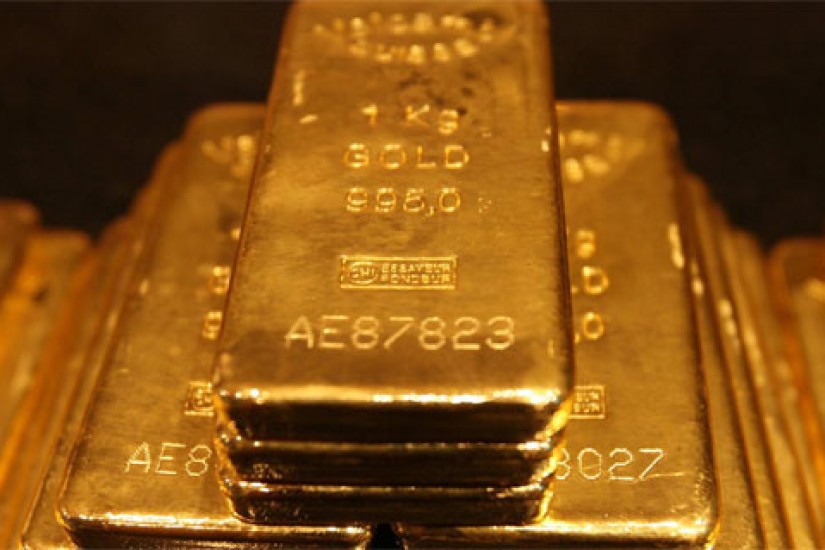Operation Goldfinger took the form of hundreds of research projects designed to find gold in places likely and very unlikely. The Roberts Mountains in north central Nevada had long seemed like a promising source of gold, and samples from dozens of areas were taken to search for surface minerals (such as limestone) known to be associated with gold deposits. Other studies were long shots. For decades, various scientists had found traces of gold in coal, and so the U.S. Geological Survey sifted through coal in dozens of locations in Appalachia and the Midwest. The government even took samples from coal ash and “coal-washing waste products received from various industrial plants.” These did not yield gold bonanzas. In the nineteen-forties in Czechoslovakia, scientists reported finding gold in the herb Equisetum palustre, or marsh horsetail. When government scientists collected twenty-two samples from across the United States, however, they found gold concentrations well below one part per million, and concluded, “Equisetum would not be useful in prospecting for gold.”
Much of the project’s early enthusiasm was turned loose on funding state-of-the-art gadgets. The U.S.G.S. developed truck-mounted neutron-activation systems, one for detecting silver and one for gold. “It is no longer necessary even to collect a sample, as long as a truck can be driven over the spot that one wants analyzed,” a government report boasted. The Bureau of Mines also worked on “a portable X-ray probe that can be lowered into small diameter drill holes” to find gold. James Bond would have been proud.
